Comparing Jetpack vs Wordfence is a challenge. Although both are security plugins, they approach the task of protecting your website very differently. Your experience using either plugin will vary a lot, and you’ll get access to an array of different features depending on your choice.
Most WordPress websites can benefit from using a security plugin. If you make a smart choice based on your site’s unique needs, you’ll have a much easier time securing it against attacks. Both Jetpack and Wordfence are solid options, but chances are one will work better for you than the other. 👮
In this article, we’ll compare Jetpack vs Wordfence in terms of security, ease of use, and pricing. Let’s get right to it!
📚 Table of contents:
An introduction to Jetpack and Wordfence
Jetpack is one of the plugins that comes pre-installed with a lot of WordPress websites (this typically depends on your web host). The plugin does a bit of everything, and it offers tools for securing your website, enhancing its performance, creating backups, protecting against spam, and more.
It would be fair to say that Jetpack is an “all-in-one” plugin. It’s also a freemium plugin, and a lot of its more advanced security features are protected by a paywall. Jetpack charges subscriptions depending on what premium features you want access to, with the plugin pushing you to subscribe to bundles.
Wordfence, on the other hand, is exclusively a WordPress security plugin. It offers a broad range of features to help you protect your website from attacks and malware.
There’s also a premium version of Wordfence. However, the free version of the plugin includes most of the security features we’re going to be discussing in this comparison.
Jetpack vs Wordfence: Security features 🛡️
Security plugins are defined by the features and tools they offer to help protect your site. With that in mind, let’s talk about what each of these plugins brings to the table.
Jetpack
As we mentioned before, Jetpack is not only a security plugin. The plugin includes plenty of tools that have nothing to do with security, which could be an advantage if you think you’ll take advantage of those features.
👉 If we’re focusing only on security, here’s what you can get if you use Jetpack:
- Automatic incremental backups to the cloud
- Spam protection
- Brute-force attack protection
- Downtime monitoring
- Two-factor authentication (2FA) implementation using WordPress.com
- Malware scanning and cleanup
The free version of the plugin only includes brute-force attack protection and downtime monitoring. If you want access to the rest of Jetpack’s security features, you’ll need to pay for premium licenses.
We say “licenses” because Jetpack offers each feature and tool separately. You can pay for a license to get access to VaultPress (their backup tool) and another for malware scanning. There’s also the option to pay for the Security bundle, which includes all the features mentioned before.
Overall, Jetpack is not lacking in terms of security features. However, it doesn’t offer a lot of the functionality you see in the dedicated plugins, and the fact that it paywalls a lot of key tools gives us pause in recommending it.
Wordfence
👉 With Wordfence, you get a plugin that’s wholly focused on security. It includes a massive list of security-related features and tools, so let’s focus on the most important ones for comparison’s sake:
- Web application firewall (WAF)
- Automatic malware scanning
- Brute force protection
- File repair tools in case of malware infections
- 2FA implementation as well as CAPTCHAs
- Security notifications via multiple channels
- Live traffic monitoring
All of those features are available in the free version of Wordfence. The primary reason to upgrade to the premium version of Wordfence is that it offers real-time zero-day updates for the firewall, whereas the previous version only updates after 30 days.
If you want to pick a security plugin based solely on it offering as much functionality as possible, Wordfence is the clear winner over Jetpack.
Jetpack vs Wordfence: Ease of use 🕹️
One of Jetpack’s main selling points is that its interface is fantastic. A lot of security plugins throw complicated dashboards at you and provide little information on what each of their features does.
If you use Jetpack, you can move from tool to tool by navigating the plugin’s menu in the dashboard. You’ll see sections for the plugin’s malware protection and backup tools, spam protection, and other features:

With Jetpack, you can mostly configure the plugin and then let it work in the background. The plugin will create backups automatically, run malware scans in the background, and protect you from brute force attacks. Yet another plus is that you don’t need to spend too much time tinkering with it:

Perhaps the only downside to using Jetpack, in terms of ease of use, is that you need a WordPress.com account. The plugin requires the WordPress.com integration to function, which is a definite downside.
Using Wordfence is a very different experience. For one, the plugin forces you to register a free account and get a license before you can start configuring it. This is a simple process, but it’s not user-friendly.
Once you activate Wordfence, it’s easy to be overwhelmed by the sheer number of options it throws at you. The plugin will show you how “protected” your site is and encourage you to spend time fine-tuning the firewall and malware scan tools:
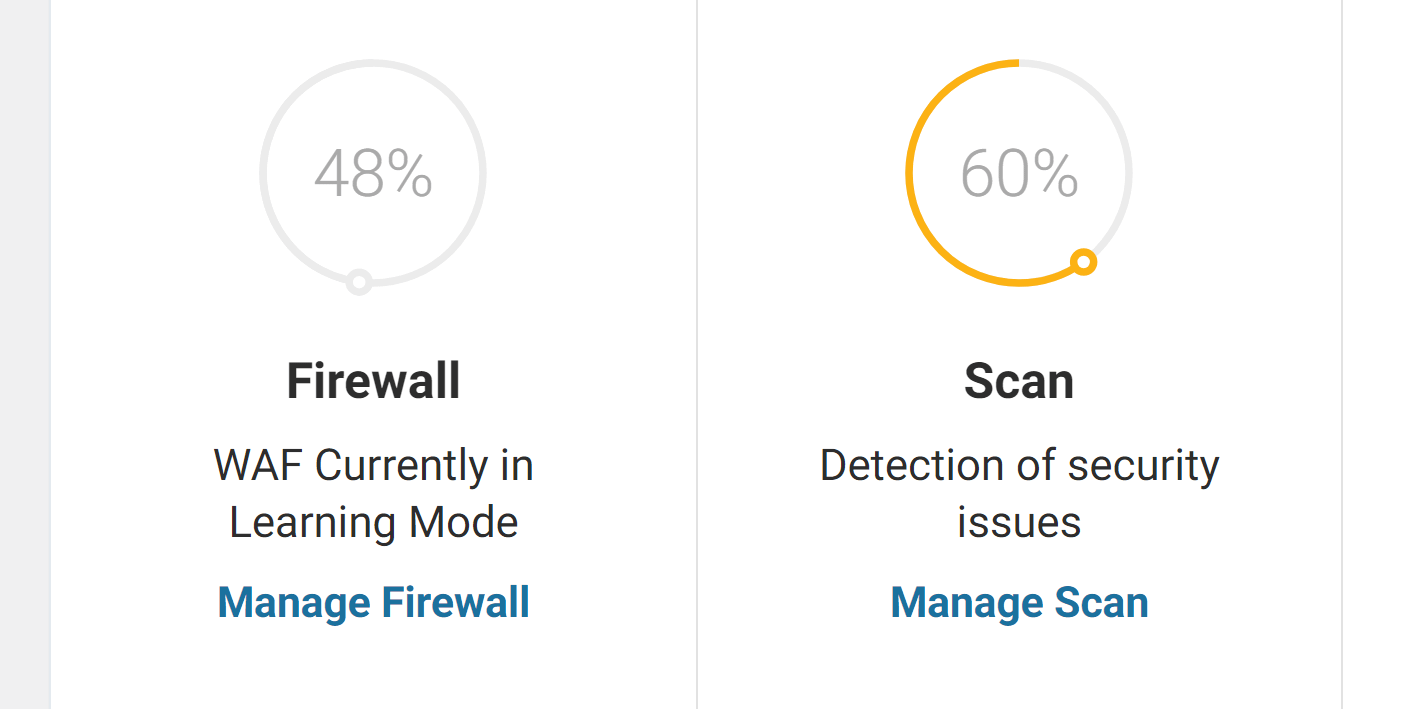
Wordfence can mostly configure itself, but the plugin shines when you spend time digging into its settings. If you don’t know much about website security, this can be rather intimidating. Here’s a quick example of part of the firewall settings in Wordfence:

Every option includes a link to the plugin’s documentation, which is comprehensive. However, if you don’t plan on spending time reading about what every setting does, it’s easy to make mistakes. Worse, you can miss out on critical features because you’re not sure how to enable or configure them.
In terms of how easy the plugins are to use, Jetpack clearly wins over Wordfence. Having said that, Wordfence is overwhelmingly superior in terms of configuration options if you’re willing to navigate them.
Jetpack vs Wordfence: Pricing 💰
Comparing Jetpack vs Wordfence in terms of price is simple. Jetpack is a highly fragmented plugin. The free version of the plugin includes limited features and most of them are not focused on website security.
With the free version of Jetpack, you get protection from brute-force attacks and downtime monitoring. If you want access to advanced security features, such as malware scanning and automatic backups, you’ll need to pay for individual products or subscriptions:
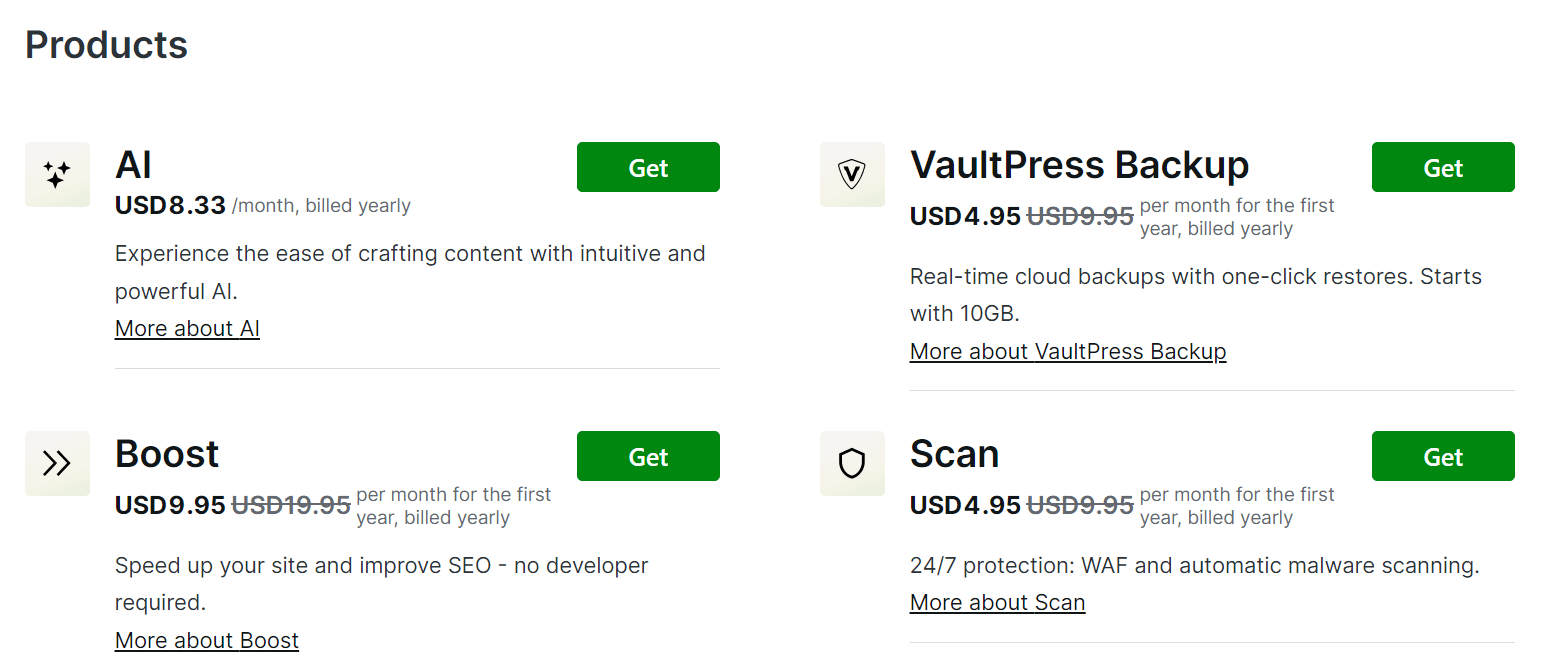
Jetpack offers a broad array of “bundles” that pack related tools. You can subscribe to their Security bundle for $9.95 per month (charged yearly) to get access to all security tools.
This pricing strategy is overly complicated, and it punishes users who aren’t sure about what tools they need. From a pricing standpoint, Jetpack isn’t that expensive compared to other premium licenses for security plugins. However, the features you get are more akin to what you see from a managed WordPress web host than a security plugin.
Wordfence’s free version offers a full set of security functionality and tools for WordPress. Most users won’t need to pay for a premium license.
If you do, you get access to features such as real-time firewall rules and automatic blocking of known malicious IPs. Prices for premium licenses start at $119 per year (which is more expensive than Jetpack).
Final thoughts on Jetpack vs Wordfence 🏁
If you value those kinds of integrations and don’t want to use a tool that requires deep configuration, Jetpack can help you protect your site (at a price).
Wordfence is the clear winner in terms of overall security functionality and price. The free version of the plugin is one of the best security tools you can use for WordPress. It also includes a massive array of settings you can configure to increase your site’s protection.
🚦 To see some other options, you can also check out our full roundup of WordPress security plugins.
Do you still have any questions about using Jetpack or Wordfence to protect your WordPress websites? Ask us in the comments section below!


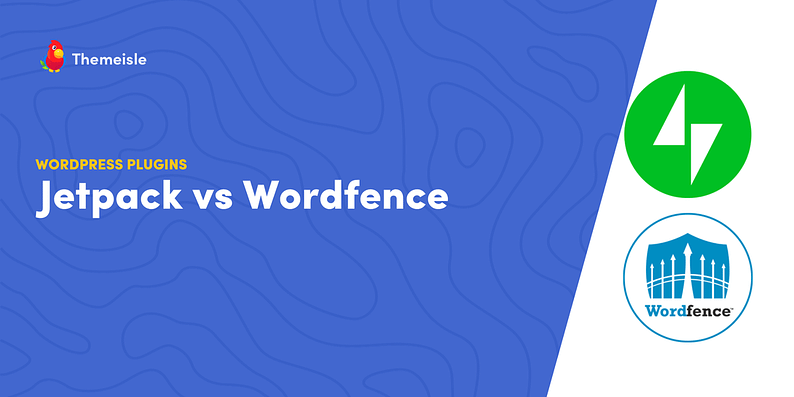


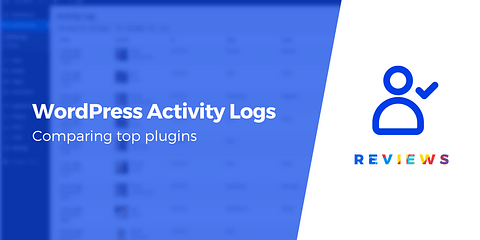
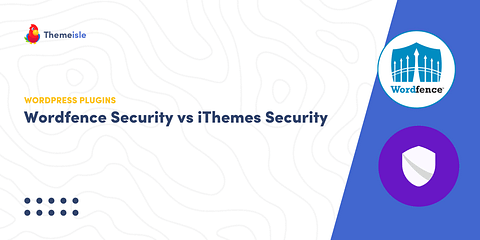

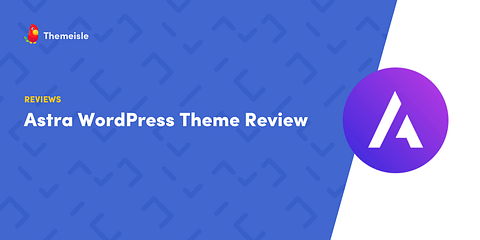


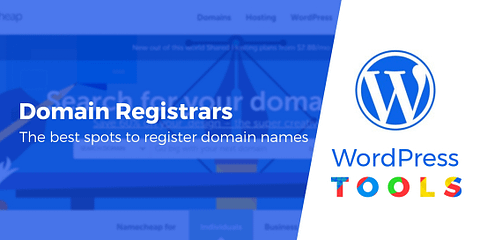
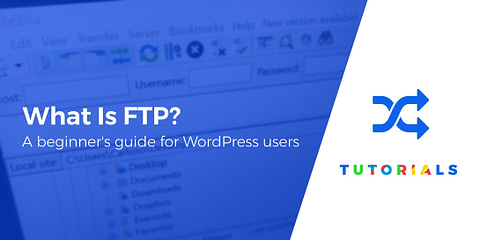

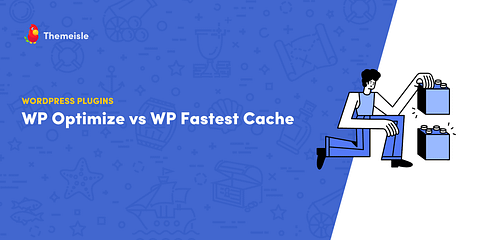
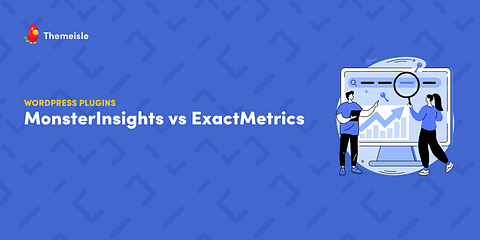
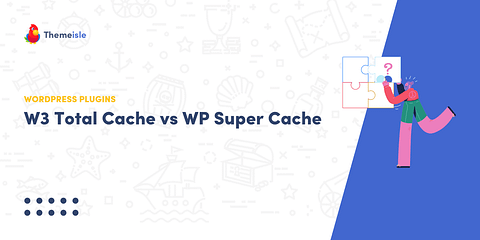

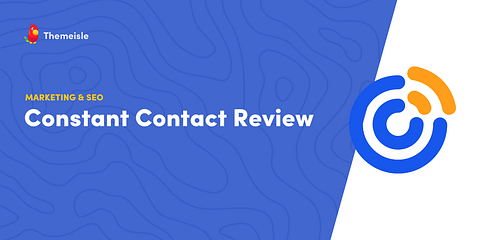
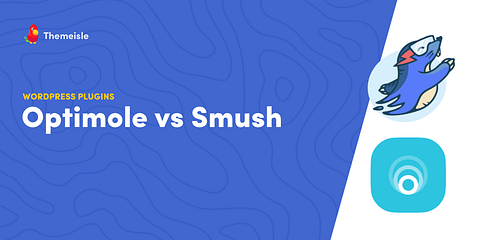
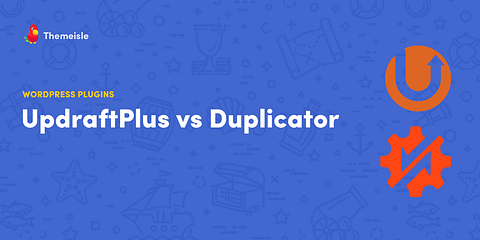
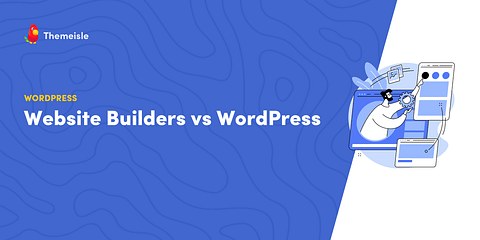
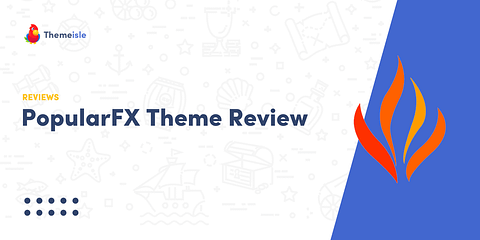
Or start the conversation in our Facebook group for WordPress professionals. Find answers, share tips, and get help from other WordPress experts. Join now (it’s free)!